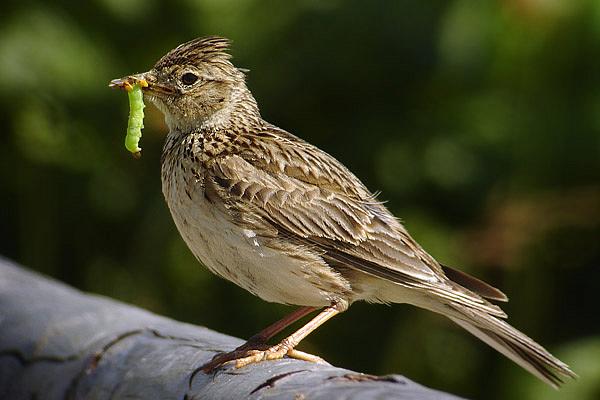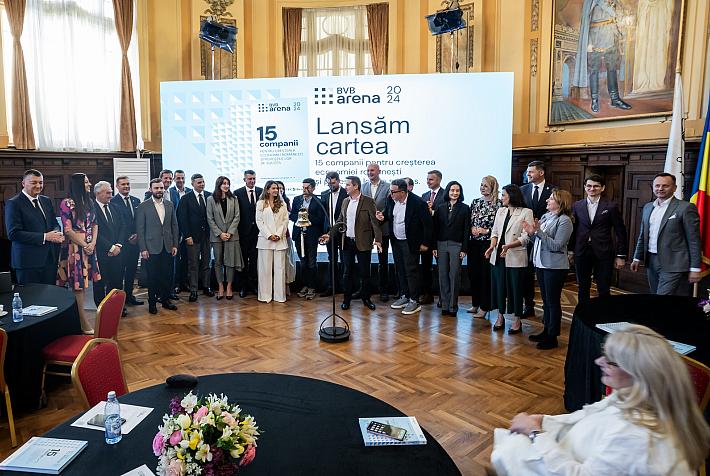Romanian NGO campaigns to stop lark poaching

The Romanian Ornithological Society (SOR), an NGO working to protect the local bird population, has started a campaign to stop lark poaching in the country.
Under the headline ‘Let the larks sing!’, the campaign encourages the public to send messages to the water and woods minister, Doina Pana, and ask her to take the lark off the list of birds that can be hunted.
SOR argues that the lark is a species used by foreign poachers as a false front for hunting any kind of singing bird.
“For years the lark has been a false front for foreign poachers shooting singing birds. A simple online search will reveal cases of hundreds of thousands of larks shot at numbers over the approved quotas, and tens of poachers of singing birds. These birds do not produce any crop damage, they are not and cannot be considered harmful. These are birds that Romanian hunters do not shoot, birds that are protected by European laws,” according to a message of SOR.
The lark was never hunted in the country until 1996. Romania is the only EU country in Eastern Europe allowing for it to be hunted, the SOR said. The NGO managed to stop the hunting of the lark in 2006 but only for one year. The hunting of the lark was permitted again in 2007. SOR campaigned and managed to have the quota of larks that can be shot in one day by one hunter down from 100 to 50.
Five other EU member states allow the hunting of the lark but they have destroyed their lark population, SOR argued. They are Malta, France, Italy, Spain, Portugal and Cyprus.
This October, several Italian citizens were caught on the airport of Bergamo carrying luggage full of poached birds. Almost 1,200 birds had been shot, Ziarul Evenimentul reported. Bergamo News reported on October 20 that another truck carrying some 3,000 birds was stopped by the authorities. The truck was coming from Romania and was heading for Italy.
In mid-October, the Mehedinti Police arrested three men who were illegally hunting larks. Although their hunting authorization allowed them to shot 40 larks, they had shot 112 larks, and two other birds of another species, Adevarul reported.
The NGO has kept track of several other similar cases. An Italian poacher was caught in 2009 in Balta Mare a Brailei with 2,000 crested larks. In 2010, 15 Italian poachers were caught in Braila county carrying thousands of larks, crested larks and common quails. In 2011, the Hungarian Customs officers intercepted a transport of 11,000 larks, hunted in Romania and heading towards Italy. In 2013, another Italian citizen was caught in Ialomita with 5,400 larks.
The lark is hunted end-September to October, Ioan Selaru of the General Association of Hunters told Digi24.ro. “The species is not interesting to Romanian hunters. […] In Italy, they are considered a delicacy and the hunters come, shot the birds and take them. And the Romanian state benefits from the VAT and profit tax from these activities,” Selaru said.
“We are losing bio-diversity elements just for the gastronomical pleasures of some individuals willing to break the laws of the Romanian state. The Romanians listen to the lark, they do not shoot it. For us, the lark has a voice, not a taste,” SOR argued.
SOR is referencing Ciocârlia (the Romanian word for lark), a Romanian tune allegedly composed by the Romani-Romanian pan flute player Anghelus Dinicu. Composer George Enescu was also inspired by Ciocârlia when writing the Romanian Rhapsody No. 1.
(Photo source: Daniel Pettersson/ Wikipedia)
editor@romania-insider.com











